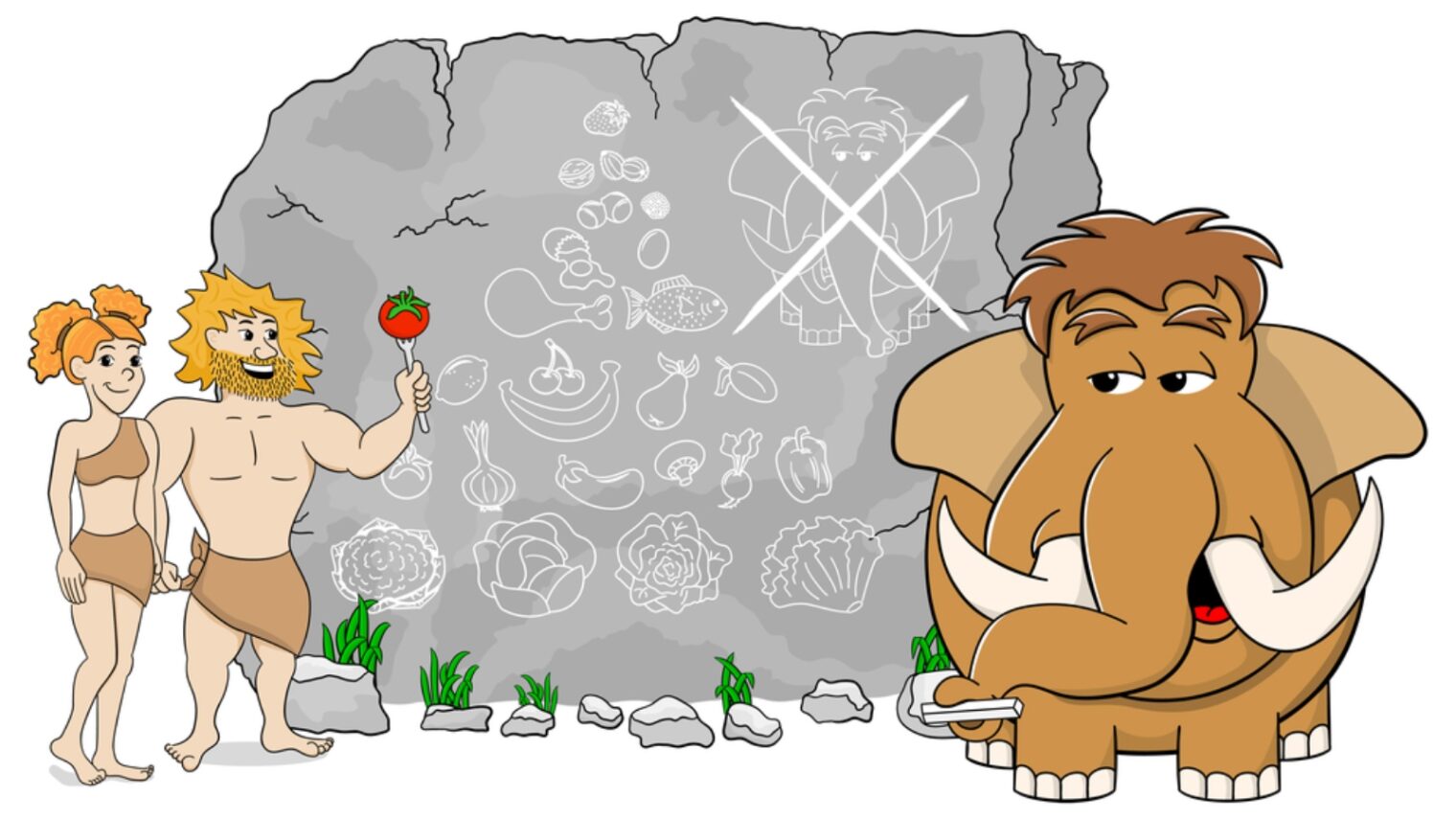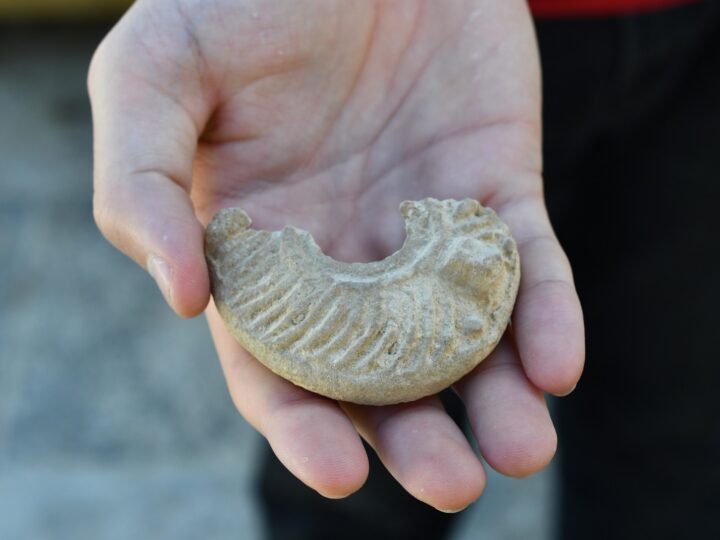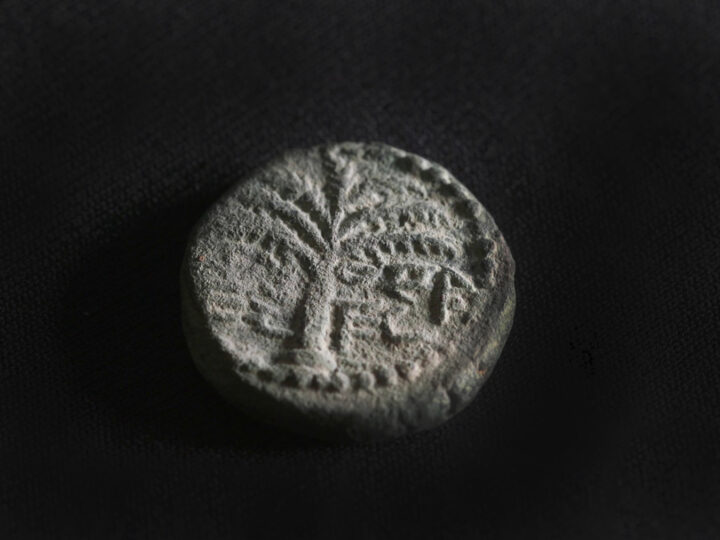A tiny grape seed discarded some 780,000 years ago is one of more than 9,000 remains of edible plants recently discovered in a Stone Age site in Israel on the shoreline of Lake Hula in the northern Jordan valley.
Dating back to the Acheulian culture from 1.75-0.25 million years ago, the collection provides rich testimony of the plant-based diet of our prehistoric ancestors, according to researchers from the Hebrew University of Jerusalem and Bar-Ilan University in Ramat Gan.
The findings were recovered during archeological excavations at the waterlogged site of Gesher Benot Ya’aqov (Daughters of Jacob Bridge), where the earliest evidence of human-controlled fire in western Asia was discovered in recent years.
Remains of Paleolithic plants are scarce, making this unique macro-botanical archeological discovery especially critical in understanding the dietary habits of humans from the early- to mid-Pleistocene era. This is, in turn, central to understanding the evolution, adaptation and exploitation of the environment by early humans as they transitioned from an African to a Eurasian diet.
Prof. Naama Goren-Inbar of the Hebrew University Institute of Archeology conducted the excavations with colleagues including Prof. Yoel Melamed of the Bar-Ilan Faculty of Life Sciences. Their findings were published December 5 in Proceedings of the National Academy of Sciences (PNAS).
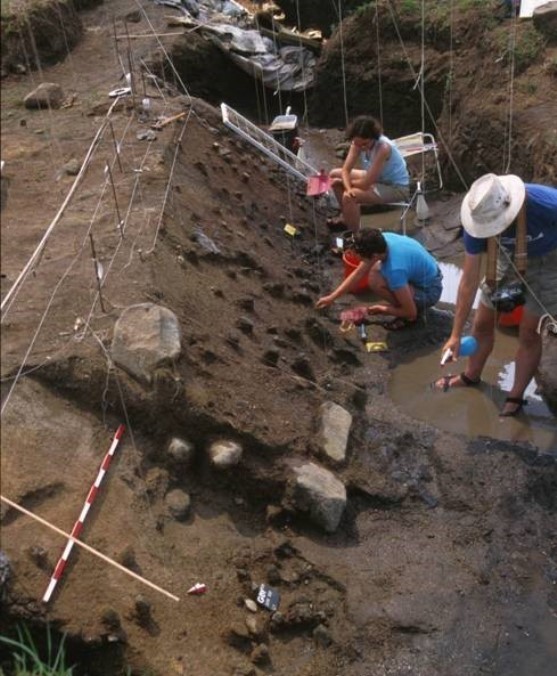
“In recent years we were met with a golden opportunity to reveal numerous remains of fruits, nuts and seeds from trees, shrubs and the lake, alongside the remains of animals and manmade stone tools in one locality,” Goren-Inbar said.
At the site, the team has identified 55 species of edible plants, including seeds, fruits, nuts, leaves, stems, roots and tubers.
Many of these remains have been preserved for hundreds of thousands of years thanks to the damp conditions, said Melamed. The site was submerged under the Jordan River and the Hula Lake in conditions of humidity and lack of oxygen, aided by the fast covering of layers of sediments, in which archaeologists also found stone tools and animal fossils.
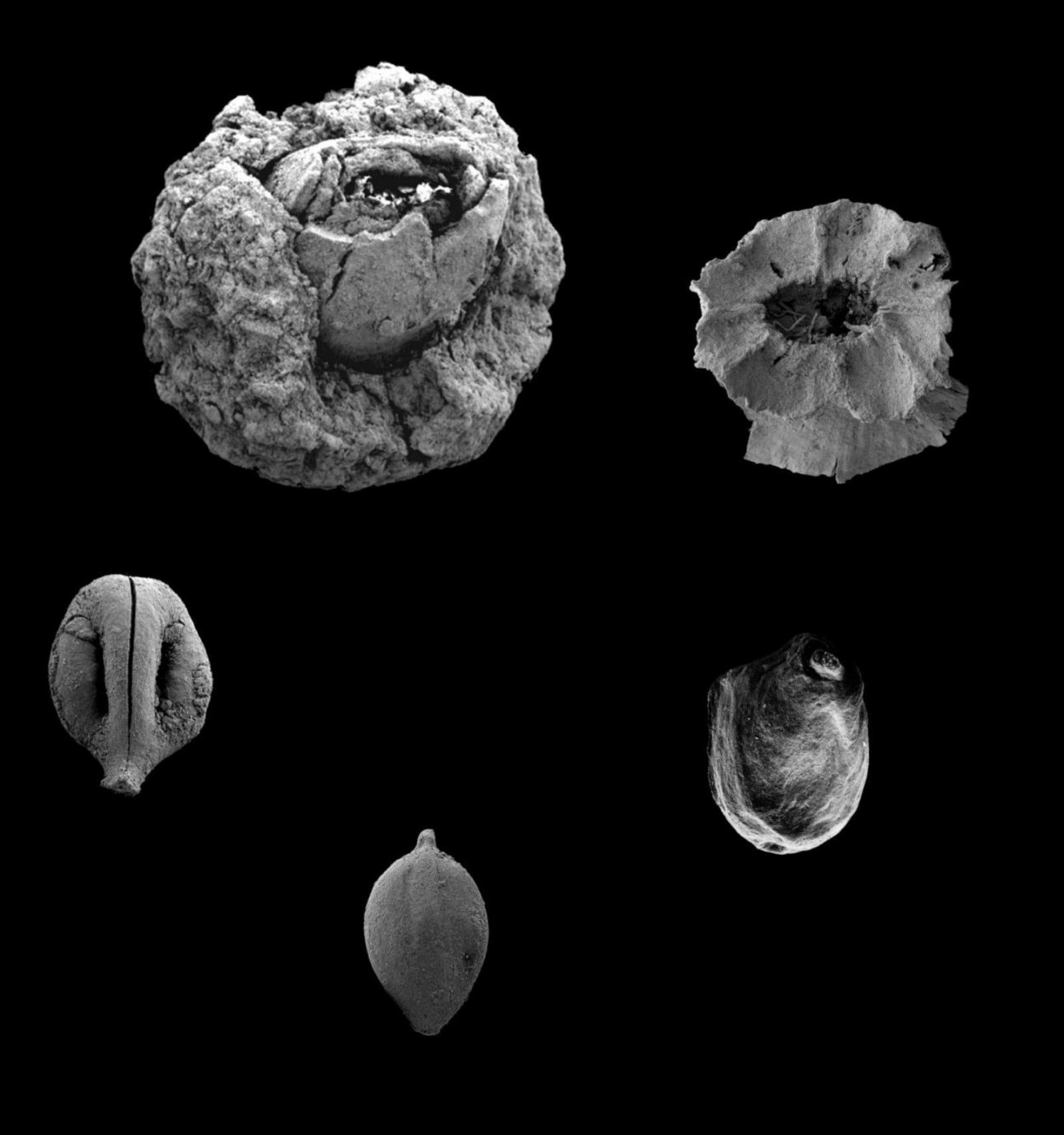
“This region is known for the wealth of plants, but what surprised us were the sources of plant food coming from the lake. We found more than 10 species that existed here in prehistoric times but no longer today, such as two types of water nuts, from which seven were edible,” said Melamed.
It was in the same area at Daughters of Jacob Bridge that Goren-Inbar and Melamed found the earliest evidence of the use of fire in Eurasia. They published a paper about it in the journal Science in 2004.
“The use of fire is very important because a lot of the plants are toxic or inedible. Using fire, like roasting nuts and roots for example, allows the use of various parts of the plant and increases the diversity of the plant component of the Acheulian diet, alongside aquatic and terrestrial fauna,” said Goren-Inbar.
The use of fire and the availability of a diverse range of flora highlight the ability of prehistoric man to adapt to a new environment and to colonize beyond Africa, say the researchers.




